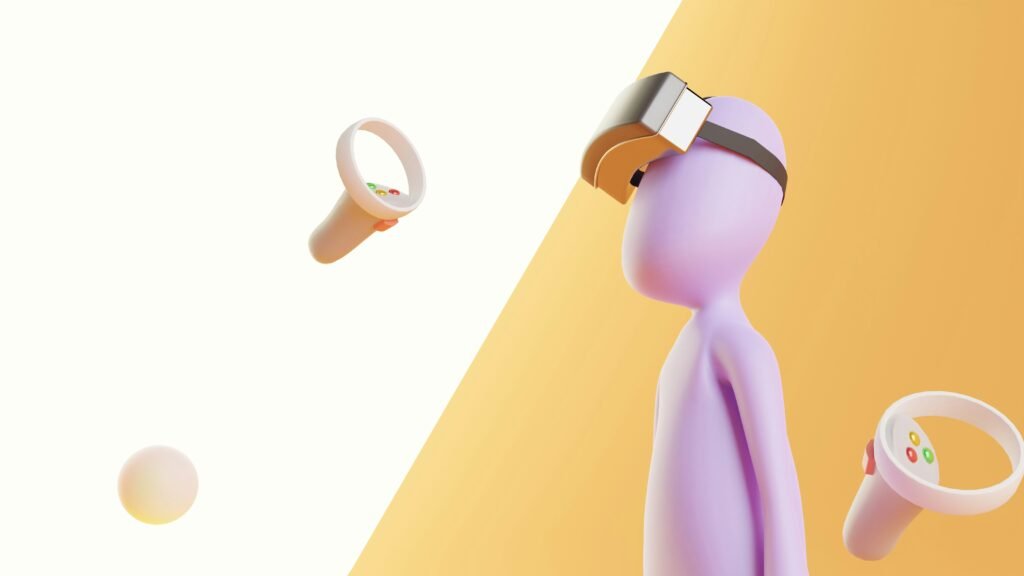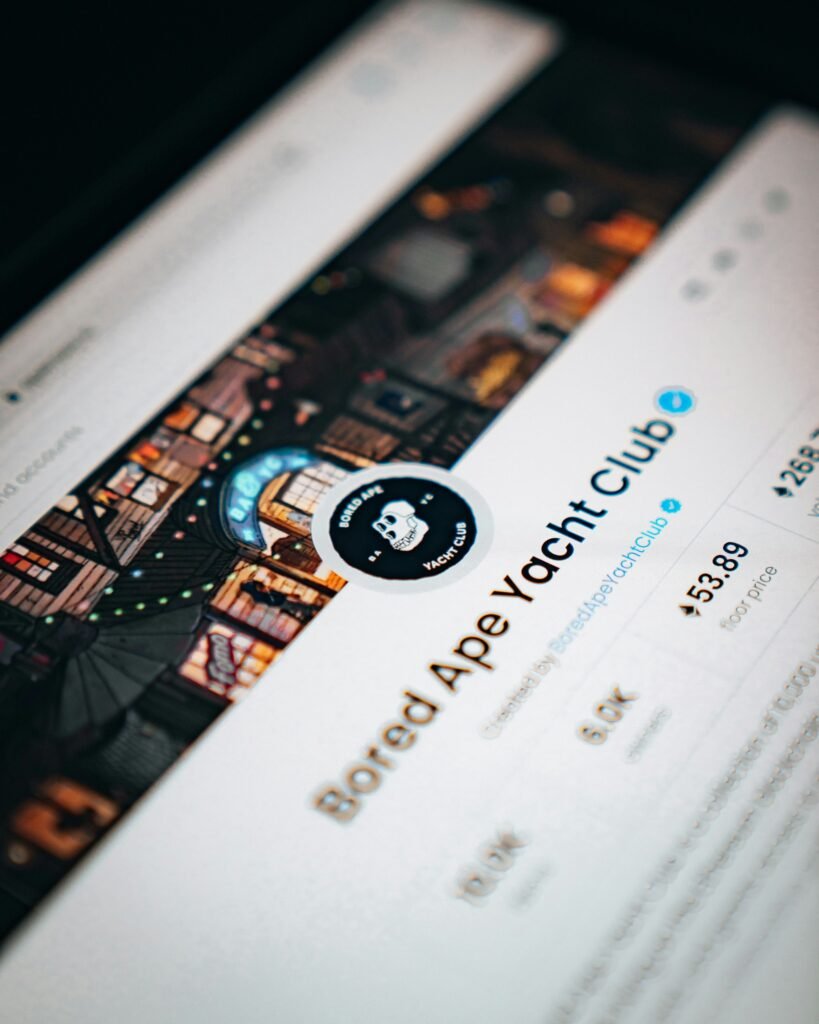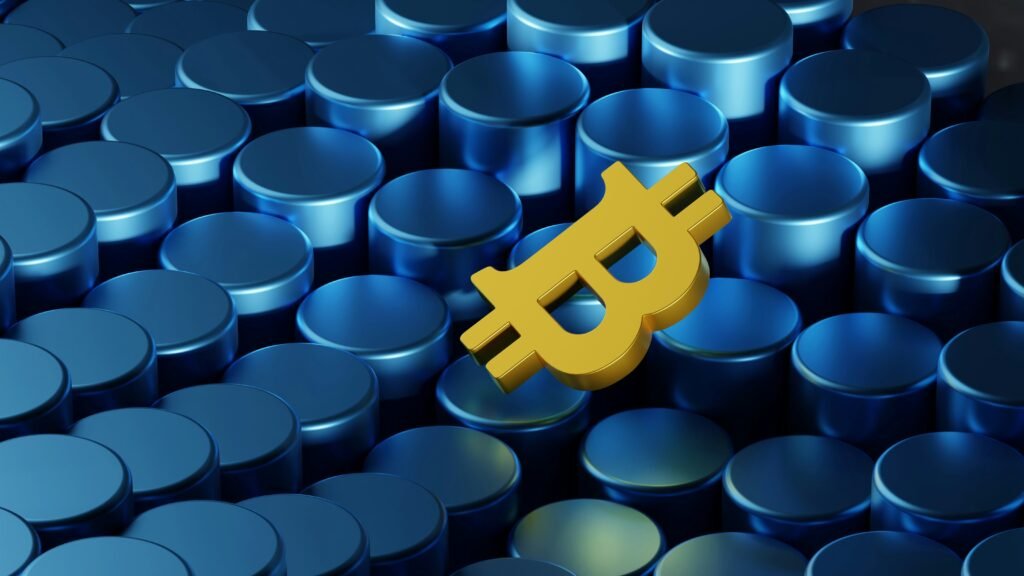Lead: A new wave of tokenized Pokémon cards is electrifying collectors and crypto traders right now. Collector Crypt, a Solana-based project, is selling on-chain NFT packs redeemable for physical cards. The surge, visible since September 2025, pushed market cap figures near $85 million and drew buyers from Polygon-based markets and broader NFT communities. Who’s involved? Collectors, crypto natives, and the Collector Crypt team. How it works is simple: buy an on-chain NFT, trade on a marketplace, or redeem for a real card. Why it matters: the fusion of NFTs and physical card redemption is reshaping collectibles.
Why tokenized Pokémon cards
Demand for tokenized Pokémon cards comes from nostalgia and speculative upside. NFTs tied to real-world cards add provenance and liquidity. Collector Crypt’s promise of physical fulfillment attracts traditional Pokémon collectors. At the same time, crypto traders see price discovery on-chain. The result is a rapid rise in attention and trading volume.
Collector Crypt on Solana
Collector Crypt moved the latest tokenized Pokémon cards to Solana for cheaper fees and faster trades. Earlier tokenized Pokémon cards often lived on Polygon, but Solana’s throughput helped packs trade quicker. Collector Crypt’s team claims a smooth on-chain experience and transparent redemption flows. That appealed to users wanting real-time markets without high gas costs.
How on-chain NFT packs work
On-chain NFT packs bundle randomized assets into mintable tokens. Buyers open on-chain NFT packs and receive NFTs representing specific cards. Those NFTs can stay digital or be exchanged for physical cards through Collector Crypt’s redemption process. The dual nature of tokenized Pokémon cards lets collectors preserve provenance while enjoying tangible items.
Market cap and volatility
The market cap spike for tokenized Pokémon cards reflects fresh capital and speculation. Peak market cap numbers signaled mania, and price volatility followed. Short-term traders chased flips while long-term collectors focused on physical redemption. Expect wild swings as supply shifts and floor prices respond to speculative flows.
Physical card redemption
Physical card redemption is the feature that separates these tokenized Pokémon cards from typical NFT drops. Redemption guarantees a pathway from digital ownership to a real card. That linkage can reduce fraud and inspire higher bids. Still, fulfillment logistics create complexity and occasional delays for redeemed orders.
DeFi applications and risks
Some teams are exploring DeFi applications for tokenized Pokémon cards, like fractionalized ownership and collateralized lending. These models could unlock liquidity but also magnify risk. Price volatility and regulatory risks remain central concerns for anyone building financial products around collectibles. Treat DeFi integrations with caution.
Start trading safely
If you plan to buy tokenized Pokémon cards, verify the project’s redemption terms and smart contracts. Use reputable marketplaces, watch for gas and fees, and track market cap trends. Diversify and avoid overexposing your portfolio to one speculative asset class.
Additional context
Tokenized Pokémon cards are part collectible, part experiment. They blend nostalgia with modern blockchain mechanics. Whether they mature into a stable market or stay a speculative craze will depend on transparency, logistics, and regulation.
Frequently asked questions about tokenized Pokémon cards
What are tokenized Pokémon cards?
They are NFTs that represent Pokémon trading cards, often redeemable for physical cards through projects like Collector Crypt.
Are tokenized Pokémon cards the same as regular NFTs?
Not exactly. These NFTs often include physical card redemption and provenance tied to the real item.
Where do these tokens trade?
Many trade on Solana marketplaces now, though earlier projects lived on Polygon and other chains.
Are tokenized Pokémon cards risky?
Yes. Price volatility and regulatory risks are real. Consider DeFi implications and fulfillment logistics before buying.
Can I turn a tokenized Pokémon card into a physical card?
If the project supports physical card redemption, you can redeem the NFT according to the project’s terms.
This article was written by BlockAI based on structured research into recent market activity and Collector Crypt’s on-chain mechanics.



